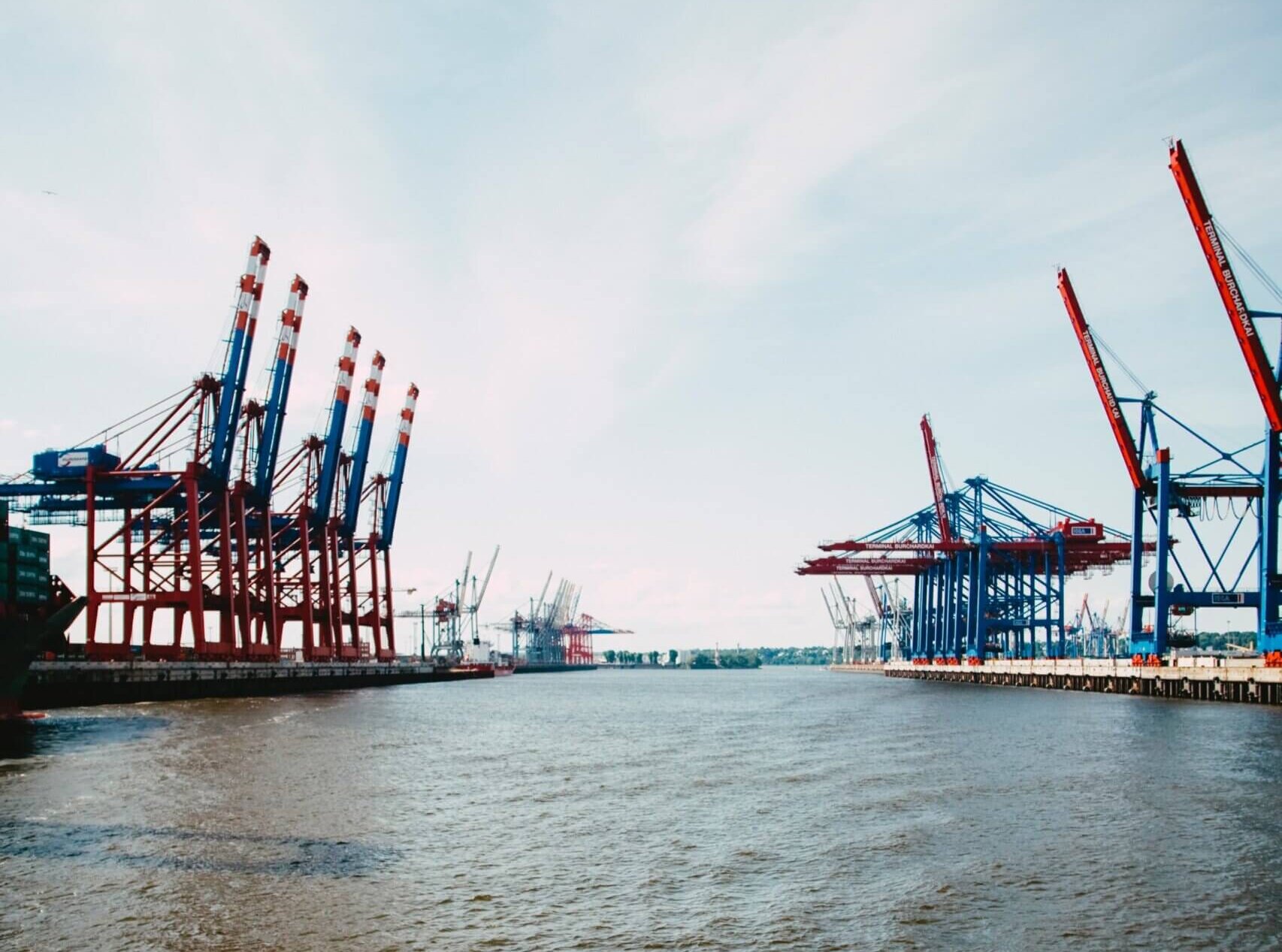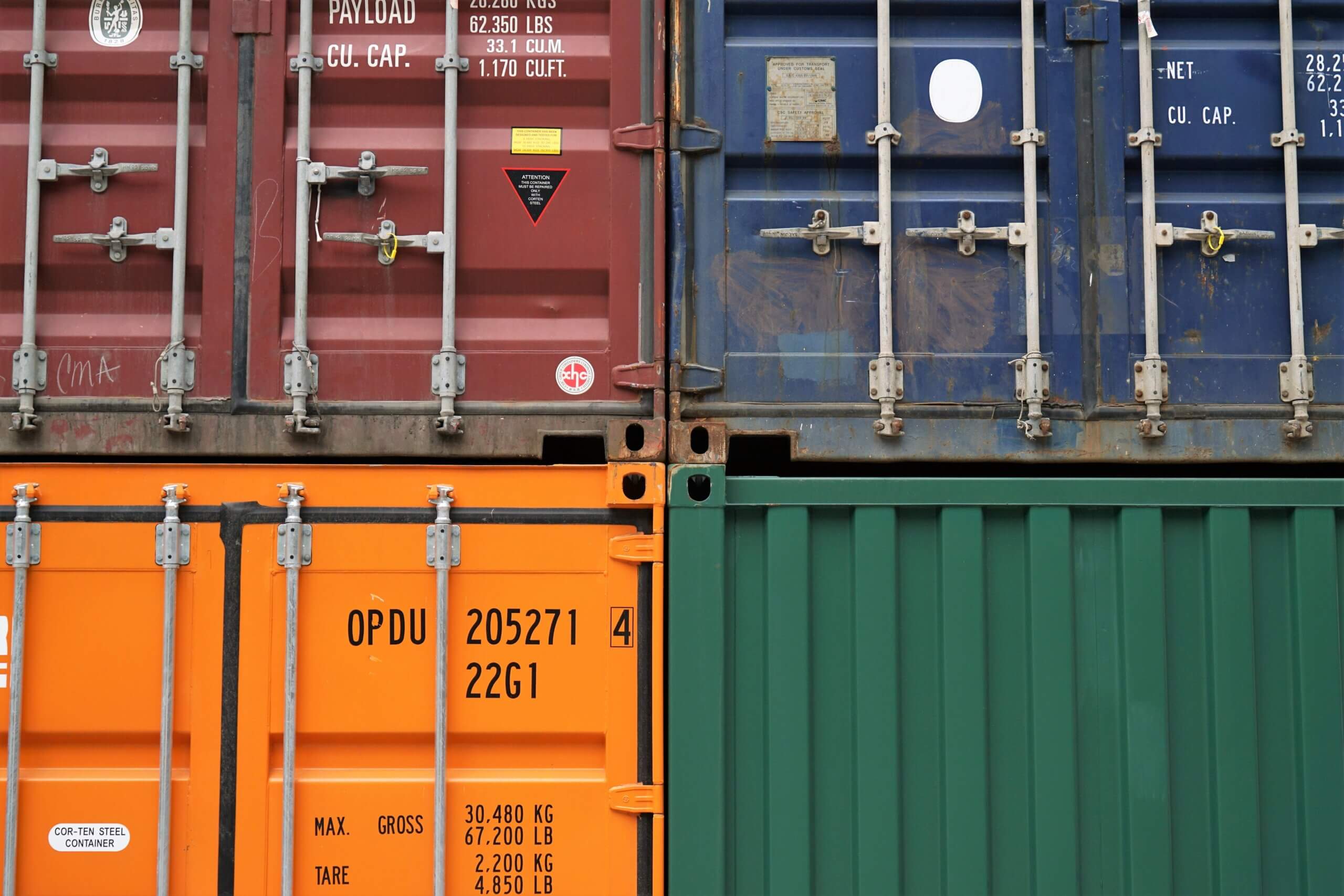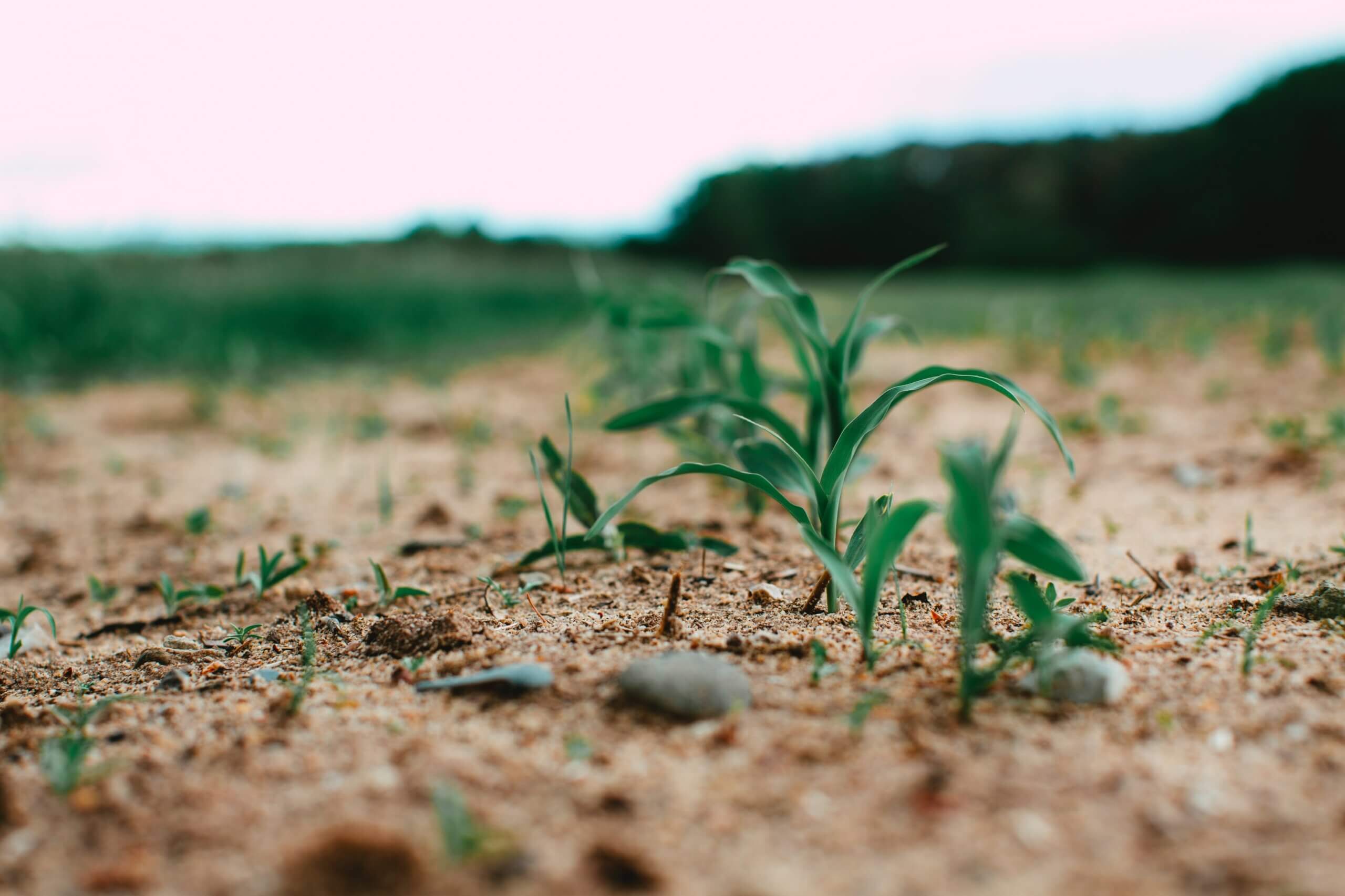Understanding the Complexities of Global Food Distribution: An Introduction
The global food distribution system is a complex web of interconnected supply chains, trade regulations, and consumer trends. It is a system constantly evolving and adapting to the changing needs of the global population. Understanding the complexities of this system is essential for businesses involved in the global food industry, as it can help them make informed decisions and stay ahead of the competition.
The global food supply chain is a complex network of producers, distributors, retailers, and consumers. It is a system constantly changing and adapting to the global population’s needs. Raw ingredient buyers must be aware of the different stages of the supply chain, from sourcing raw materials to delivering finished products. They must also be aware of the challenges in the global food supply chain, such as fluctuating prices, limited availability of certain ingredients, and transportation delays.
Global trade regulations are also crucial in the global food distribution system. These regulations can significantly impact raw ingredient buyers, as they can affect the cost and availability of certain ingredients. Buyers need to be aware of trade regulations affecting their business, such as tariffs, quotas, and embargoes.
It is also crucial for buyers to be aware of the current trends in the global food industry, such as the increasing demand for organic and sustainable ingredients, the rise of plant-based diets, and the growing popularity of ethnic cuisines. These trends can affect the cost and availability of certain ingredients and can help buyers stay ahead of the competition.
A Closer Look at the Global Food Supply Chain: Understanding the Complexities of Distribution
The global food supply chain is a complex and ever-evolving system responsible for the distribution of food from producers to consumers worldwide. It is a multi-stage process that involves sourcing raw ingredients, processing, packaging, and distribution.
At the start of the supply chain, raw ingredient buyers are responsible for sourcing the ingredients used to produce food products. This complex process involves understanding the global market, negotiating prices, and ensuring the quality of the ingredients.
Raw ingredient buyers face several challenges when sourcing ingredients from around the world. These include fluctuating prices, unpredictable weather conditions, and the need to comply with various trade regulations. Additionally, buyers must be aware of global food trends and how they can affect the availability and cost of ingredients.
Understanding the complexities of the global food supply chain is essential for raw ingredient buyers who want to ensure they are getting the best quality ingredients at the best price. It is also important for buyers to be aware of the various trade regulations that can affect the cost and availability of ingredients. Finally, buyers must be aware of global food trends and how they can affect the availability and cost of ingredients.
Navigating the Regulatory Landscape of Global Food Distribution
Global trade regulations are an essential factor to consider when understanding the complexities of global food distribution. These regulations can significantly impact raw ingredient buyers, so it is vital to be aware of them.
The regulations that affect global food distribution vary from country to country, but they all aim to protect consumers’ health and safety. These regulations can include restrictions on the types of food that can be imported and exported, as well as labeling requirements and food safety standards.
For raw ingredient buyers, these regulations can directly impact their ability to source ingredients from certain countries. For example, if a country has strict labeling requirements, it may be difficult for a buyer to find a supplier that meets those requirements. Additionally, if a country has restrictions on the types of food that can be imported, it may be difficult for a buyer to find a supplier that can provide the ingredients they need.
It is also essential to be aware of any changes in global trade regulations, as these can directly impact raw ingredient buyers. For example, if a country changes its labeling requirements, buyers may need to find new suppliers that can meet the new requirements.
Overall, understanding the different trade regulations that affect global food distribution is an important part of being a successful raw ingredient buyer. By being aware of these regulations, buyers can ensure they are sourcing ingredients from reliable suppliers and meeting all requirements.
Conclusion: Unpacking the Complexities of Global Food Distribution
The global food supply chain dynamics are in constant flux, shaped by various stages and challenges that require ongoing attention. Trade regulations are not static; they evolve, sometimes unpredictably, affecting both the cost and availability of raw materials. Furthermore, global food trends frequently shift, offering opportunities and potential pitfalls for raw ingredient purchasers.
To stay ahead of these ever-changing elements, subscribing to government publications and trade magazines, attending trade shows, and networking with others in the industry is invaluable. These resources offer real-time updates on trade laws, regulatory changes, and trending topics in the food industry, empowering buyers to make well-informed decisions. By remaining current and fully informed on the latest industry updates, B2B buyers can better position their corporations to seize emerging opportunities and mitigate the associated risks in the global food market.






